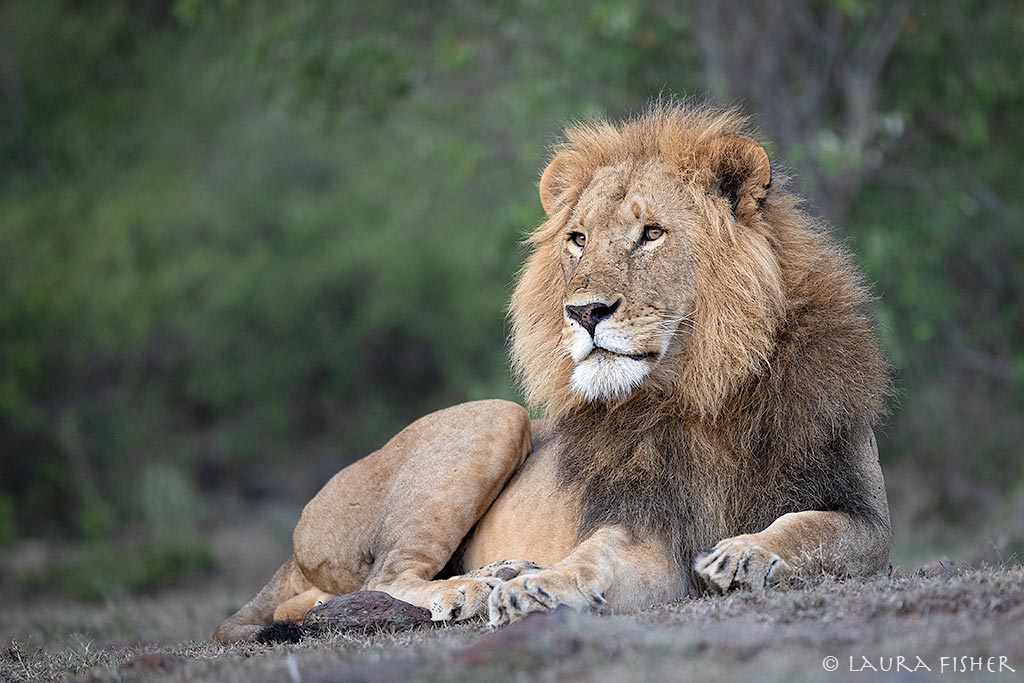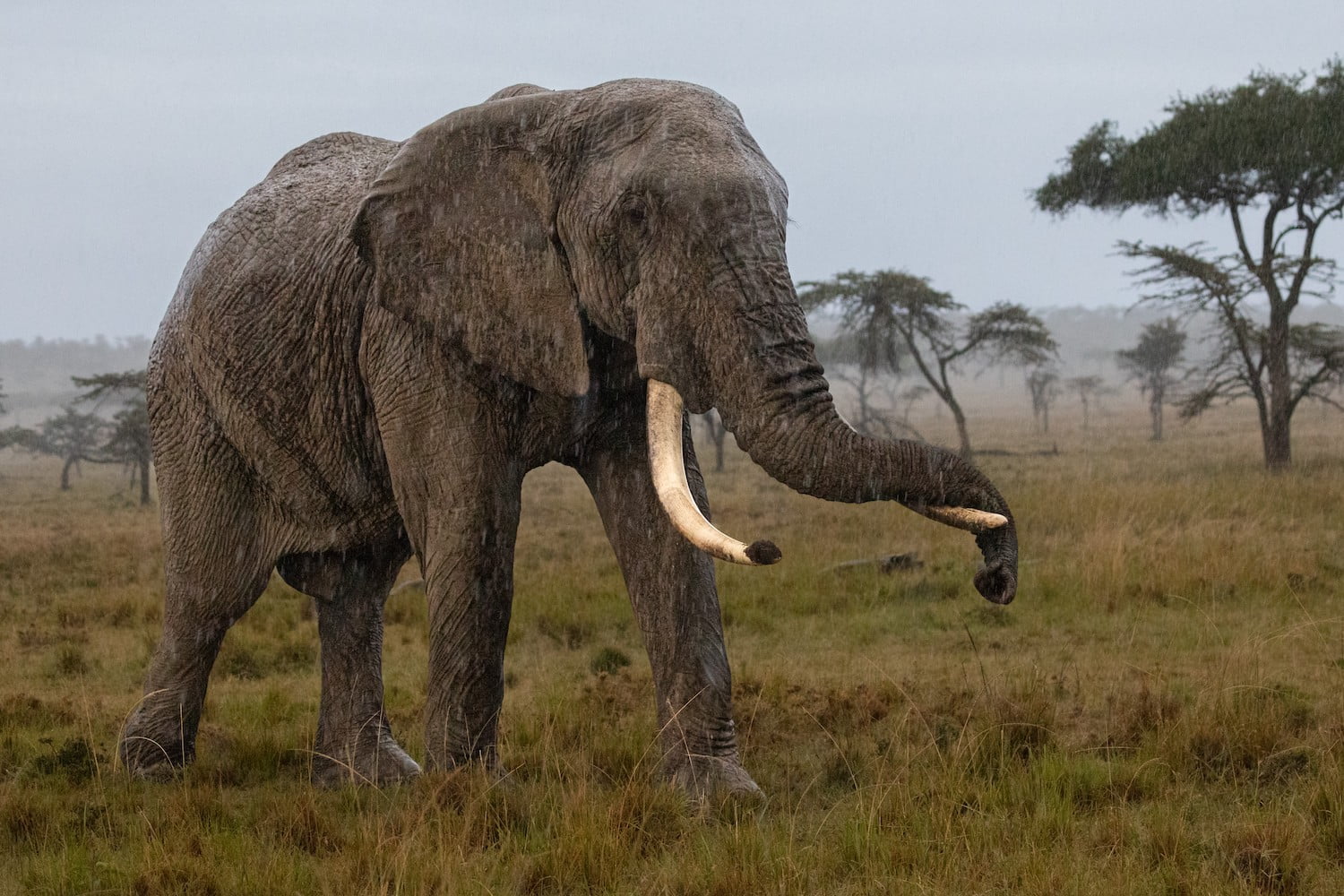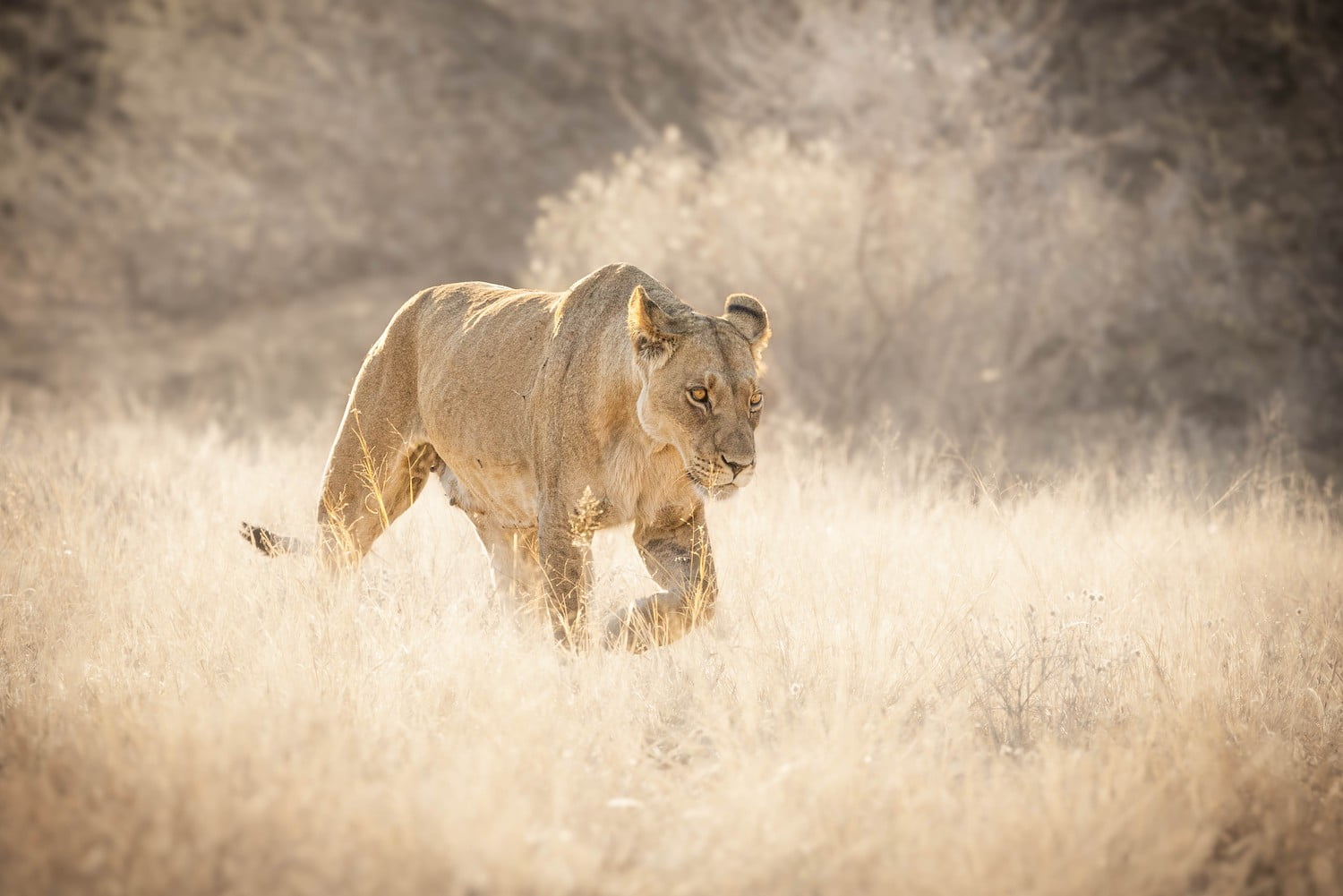HIGH VS LOW SEASON: PROS AND CONS
We don’t believe there are any true ‘cons’ to travelling to Africa throughout the year, only seasonal differences you should be aware of. Every time and region offers incredible experiences, all predicated on what the rain is doing.
In Africa we say, ‘Water is life’. Everything – from what your safari costs to what animals you’ll see and what clothes you’ll pack – depends on whether it is rainy season or dry season.

What’s covered in this guide
Explore the highlights of this post with ease by using the table of contents below to navigate to sections of interest.
- Quick summary
- When is peak or high season?
- What is green or low season?
- What are ‘shoulder seasons’?
- How much wildlife will I see in each season?
- What animals will I see in each season?
- What activities are possible in each season?
- How do landscapes differ in each season?
- Which season is the most affordable?
- Written by Angela Aschmann
Quick summary
- Dry season has the highest rates but the easiest game viewing. This is because animals don’t move away from the few remaining water sources, meaning they are easier to find. The grass also dies down, making wildlife easier to see.
- Wet season has the lowest rates but more challenging game viewing. This is because animals disperse to many water sources, making them harder to find. The foliage is very dense, sometimes making them trickier to see. Paradoxically, sightings can thus be much more rewarding and exciting.
- Peak season has the most visitors (including self-drivers), coldest nights and most dust.
- Low season has the least visitors and the high populations of birds and newborns.
- First-timers should opt for high season if budget allows.
- Experienced safari goers can enjoy the thrill and reward of seeking out sightings in Green Season.
- Birders should choose low season as migrant species arrive from North Africa and Europe.
- Photographers find the animals really ‘pop’ against the vivid greenery and the rains wash the air clear of dust. That said, dry-season dust can make for very atmospheric images.

Dry season can make for very dramatic scenes like this elephant having a dust bath in Botswana.
When is peak or high season?
Winter across most of Southern and East Africa falls from about June to around October. The area has summer rainfall and ‘winter’ means the absence of rain, not necessarily cold temperatures. In fact, October is one of the hottest months.
Peak season safaris take place from around late June to the end of October.
What is green or low season?
Sub-Saharan African generally has a summer rainfall pattern with green season falling from about November to around April. Rain generally takes the form of short afternoon thunder showers rather than all-day torrential or non-stop rain.
Low season safaris take place from about November to around April.

Game can really stand out against the greenery of low season as shown by this lion in Kenya.
What are ‘shoulder seasons’?
Shoulder seasons are essentially spring and autumn or fall. This is when the weather is slowing changing, so the first rains are falling but the grass is still low or the rains are slackening but the grass is still high.
Many lodges over shoulder season rates that are between high and low season prices. Others, however, simply differentiate between peak and green seasons to keep fee structures straightforward.
How much wildlife will I see in each season?
The fun of safari is that is it unpredictable. You could take a bend in the road and come across a whole pride of lion sleeping on the sand. You could park under a tree for some shade and see a leopard and her cubs in the branches. Anything could happen at any time.
Remember, the animals don’t leave when the seasons change (except for migrant bird species, which fly away for the northern hemisphere summer). They are always around but rain determines how easy it is to find and see them.
Peak Season
Game is easier to find because animals do not move far away from rivers or waterholes. With no rain in sight, they can’t risk being far from water. Because of this, it can feel like more wildlife is around in high season but it is just the combination of them being concentrated around water sources plus the lower grass that creates this idea.
Green Season
Game is admittedly harder to find and see. Channels that were dry fill up and large pools form throughout the bush, meaning animals don’t have to cluster around waterholes. Higher grass also makes them trickier to see. They are still around, your guide (and tracker) just have to work a little harder.

This big tusker in Kenya wasn’t fazed by the rain at all. Note how the trunk is resting on the tusk.
What animals will I see in each season?
As mentioned, the animals don’t leave the reserve or the national park so you could see anything at any time. That said, some sightings are more likely in dry or green season. Note that many species, like big cats and elephants, don’t have ‘breeding seasons’ but others do (like impala and wildebeest).
Peak Season
Because animals gather at waterholes, predators often stage ambushes there especially when herbivores weaken as the season wears on and both grazing and water run low. Wild dog are often hard to see in peak season as they den about May to November (ie the puppies stay underground to protect them from lions until they are strong enough to join the pack out hunting at the first rains).
The need for water means huge herds of elephant and buffalo can gather at reliable water sources like Chobe River in Botswana. The same phenomenon occurs at the Mara River between Tanzania and Kenya during the wildebeest migration.
Green Season
In addition to birds, bugs and frogs, this is a time when many plains game – like wildebeest and impala – drop their babies en masse to take advantage of plentiful grazing. Flooding the plains with newborns also increases the chances of individual survival rates. Predators will take advantage and often kill vulnerable babies. This is also a good time to see wild dog puppies as they emerge from their dens to take advantage of newborn impala and other herbivores.

European rollers arrive in East Africa over green season, bringing their glorious plumage with them.
What activities are possible in each season?
Much depends on the infrastructure. Some national parks have paved roads; others have dirt roads that turn to impassable mud during summer. Your expert Biggestleaf safari consultant will know exactly what activities are possible for your activity.
Peak Season
Game drives, nature walks, sleepouts and fly-camping are all possible when no rain is due and bugs are at their lowest. This is also a great time of year for hot-air ballooning, which depends on large areas of dry land for launching and landing.
The Okavango Delta is the odd one out: boating and mekoro rides are possible only in ‘dry’ season when the wetland is flooded by summer rainfall that slowly trickles down from the Angolan Highlands.
Green Season
Some lodges, especially in Zambia or which are mobile, close for rainy season. Generally, game drives are possible while both birding and boating will be off the charts. Fishing is generally banned between December and March to allow seasonal breeding to occur.
How do landscapes differ in each season?
Rain obviously has a major impact on the environment and scenery you’ll enjoy.
Peak Season
Think classic golden savannah and endless tones of brown. As the dryness wears on, trees and shrubs drop their leaves to survive, and brown animals are better camouflaged against dun-coloured landscapes. There is plenty of dust in the air, which leads to some intense crimson sunsets especially in East Africa. Because there are seldom clouds, the stars are highly visible.
Note the Victoria Falls gradually slacken over high season and by October, some parts of the Falls will be dry rock face.

A tawny lioness in Botswana is better camouflaged against the classic browns of a high season safari.
Green Season
The clue is in the name! Every green hue imaginable plus many trees and shrubs burst into brilliant flowers. There is even more colour in the butterflies and migrant birds that are everywhere at this time of year.
Greenery is lush and verdant. This is a wonderful time for ‘cloudscapes’ as huge cumulonimbus and nimbostratus clouds build up and sunsets can be stunning shades of pink and coral. Even the occasional thunderstorm or lightning creates an unforgettable atmosphere.

Rain clouds – like these during Kenya’s short rains over November - create striking backdrops.
Which season is the most affordable?
Safari costs are hard to quantify. The combination of remote areas, high costs to bring in everything from a teacup to a grain of rice, the need for insurance and specialist staff – and so much more – make safaris very costly to operate. We always strive for value so that your overall experience is much greater than your bill at the end of the day.
Peak Season
Like every destination across the world, high season costs more. There are no large hotels in safari areas and there is ample demand for the limited number of beds in prime concessions and conservancies. What you receive in return is a better chance of spotting the game you’ve come to see. Peak season also means more visitors and you will share sightings with other vehicles, especially in national parks that allow self-drivers not staying at lodges.
Green Season
Again, the global travel industry drops rates in the off-season. This is a major boon for birders, photographers and more experienced safari goers who are prepared to slightly work harder for their sightings. Standards of service, meals and guiding do not drop – you get the same lodge experience and peak season guests paying more (although some seasonal activities may not be possible).
The best thing to do is chat to us, especially if you are feeling overwhelmed and not sure where to start for your first safari. Let us do the hard work of putting it all together (flights, logistics, transfers, accommodation, activities – all at the right time of year!) so you can see why we’re so passionate about safari life.
PHOTO CREDITS Robert & Roanna Bernatzeder, Laura Fisher and Dr Paul Brower








